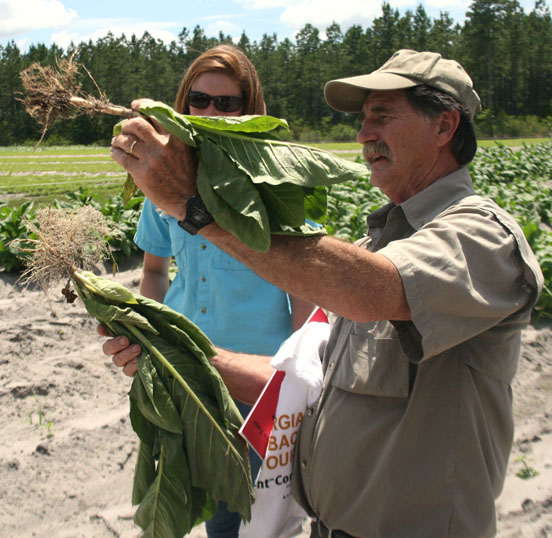 CAES News
CAES News
Nematodes On Tobacco
Microscopic worms called nematodes may seem harmless, but they can devastate a tobacco field, reducing yields, stunting plant growth and cutting into farmer profits. A University of Georgia plant pathologist is studying different management systems in hopes of reducing the nematode’s impact on Georgia agriculture.


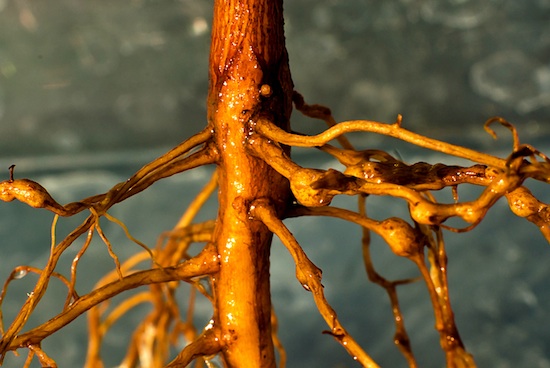
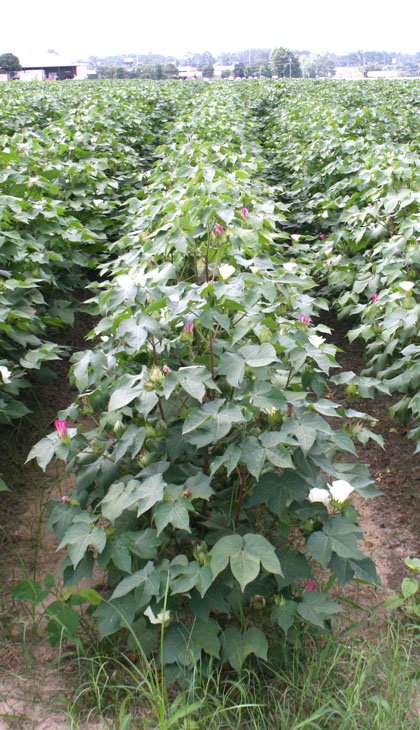
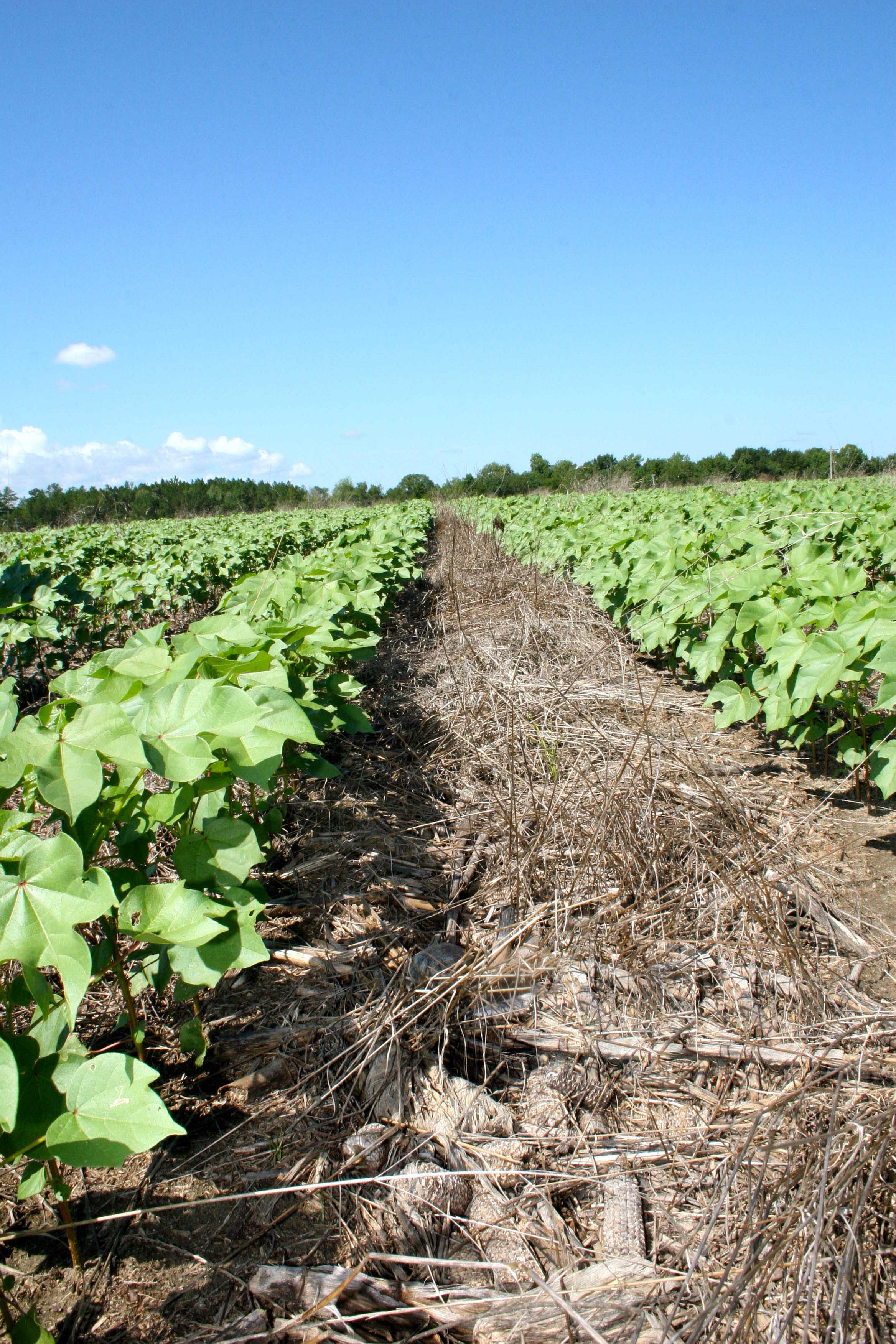
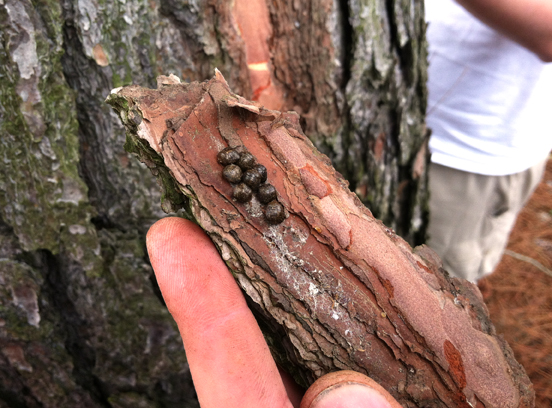
.jpg)